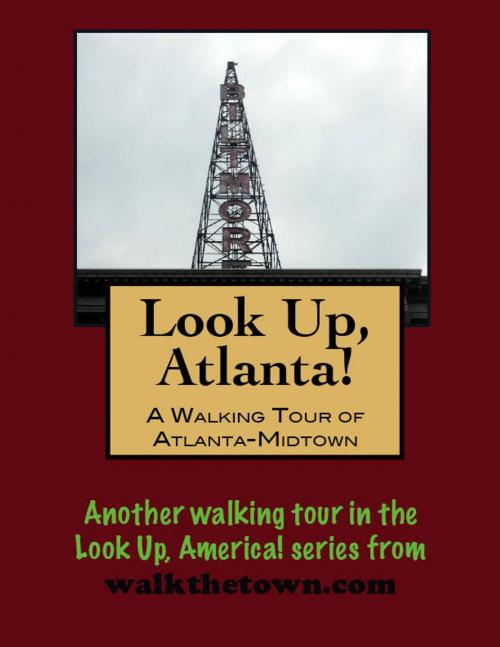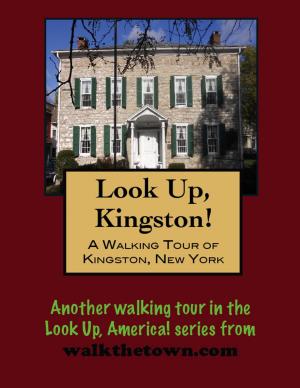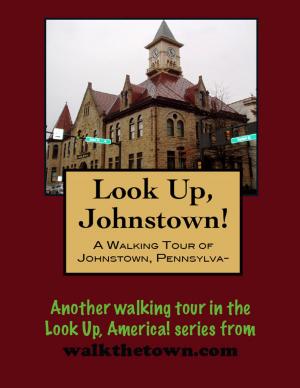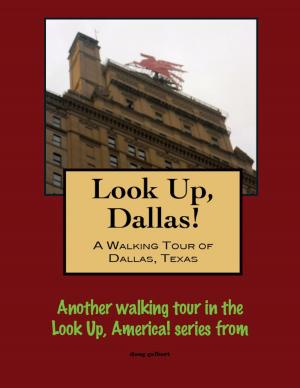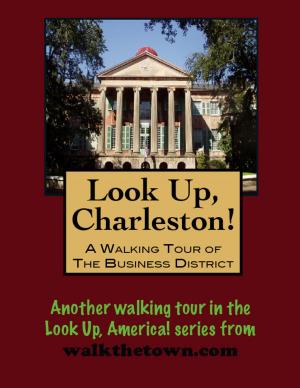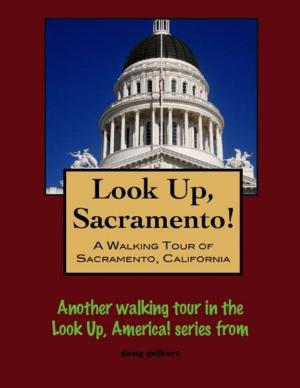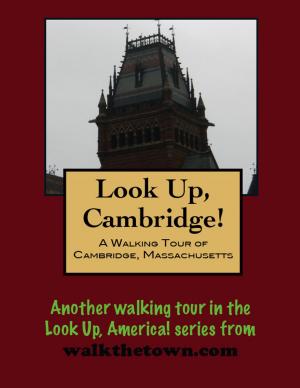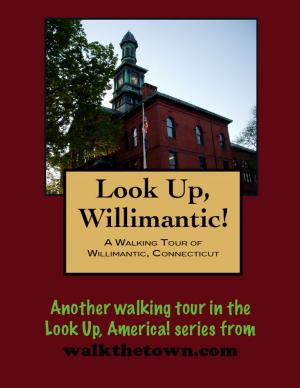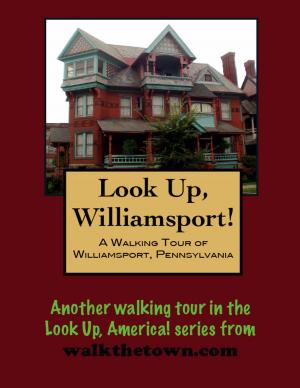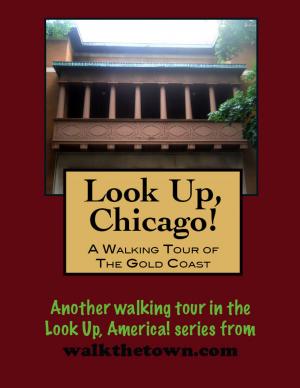Look Up, Atlanta! A Walking Tour of Midtown
Nonfiction, Travel, United States, South, History, Americas| Author: | Doug Gelbert | ISBN: | 9781466002364 |
| Publisher: | Doug Gelbert | Publication: | September 16, 2011 |
| Imprint: | Smashwords Edition | Language: | English |
| Author: | Doug Gelbert |
| ISBN: | 9781466002364 |
| Publisher: | Doug Gelbert |
| Publication: | September 16, 2011 |
| Imprint: | Smashwords Edition |
| Language: | English |
There is no better way to see America than on foot. And there is no better way to appreciate what you are looking at than with a walking tour. Whether you are preparing for a road trip or just out to look at your own town in a new way, a downloadable walking tour is ready to explore when you are.
Each walking tour describes historical and architectural landmarks and provides pictures to help out when those pesky street addresses are missing. Every tour also includes a quick primer on identifying architectural styles seen on American streets.
Midtown Atlanta has had a volatile history although it began peacefully as a pine forest north of the city. In 1848 most of the land above North Avenue - which was just that, the northern boundary of Atlanta - was purchased by Richard Peters to provide fuel to power his downtown flour mill. Over the next 40 years Peters subdivided the cleared forest lands and platted out residential lots; he built his own home at the corner of Peachtree and 4th streets.
A few blocks north Peachtree Street looped around a thirty-foot ravine that came to be called "Tight Squeeze" for ne'er do wells and thieves that inhabited the area and made it a "tight squeeze getting through there with your life." In the 1880s the ravine was filled in and the riff-raff herded out which cleared the way for wealthy Atlantans to move in. By World War I the blocks between West Peachtree Street to the west and Piedmont Street to the east above 8th Street housed the city's elite.
After World War II, however, the march to ever more distant suburbs began in earnest and the area was once again in decline, best described as "seedy." The pendulum swung back again in the 1980s and Midtown rebounded into the second most important financial district in Atlanta, with many of its skyscrapers. Alas, in the streets along the Peachtree Corridor, very little is left over of the area's original architecture including single-family homes and mansions. Our walking tour of Midtown will begin on that long-ago northern boundary of Atlanta, looking up at the highest of the high-rises...
There is no better way to see America than on foot. And there is no better way to appreciate what you are looking at than with a walking tour. Whether you are preparing for a road trip or just out to look at your own town in a new way, a downloadable walking tour is ready to explore when you are.
Each walking tour describes historical and architectural landmarks and provides pictures to help out when those pesky street addresses are missing. Every tour also includes a quick primer on identifying architectural styles seen on American streets.
Midtown Atlanta has had a volatile history although it began peacefully as a pine forest north of the city. In 1848 most of the land above North Avenue - which was just that, the northern boundary of Atlanta - was purchased by Richard Peters to provide fuel to power his downtown flour mill. Over the next 40 years Peters subdivided the cleared forest lands and platted out residential lots; he built his own home at the corner of Peachtree and 4th streets.
A few blocks north Peachtree Street looped around a thirty-foot ravine that came to be called "Tight Squeeze" for ne'er do wells and thieves that inhabited the area and made it a "tight squeeze getting through there with your life." In the 1880s the ravine was filled in and the riff-raff herded out which cleared the way for wealthy Atlantans to move in. By World War I the blocks between West Peachtree Street to the west and Piedmont Street to the east above 8th Street housed the city's elite.
After World War II, however, the march to ever more distant suburbs began in earnest and the area was once again in decline, best described as "seedy." The pendulum swung back again in the 1980s and Midtown rebounded into the second most important financial district in Atlanta, with many of its skyscrapers. Alas, in the streets along the Peachtree Corridor, very little is left over of the area's original architecture including single-family homes and mansions. Our walking tour of Midtown will begin on that long-ago northern boundary of Atlanta, looking up at the highest of the high-rises...
